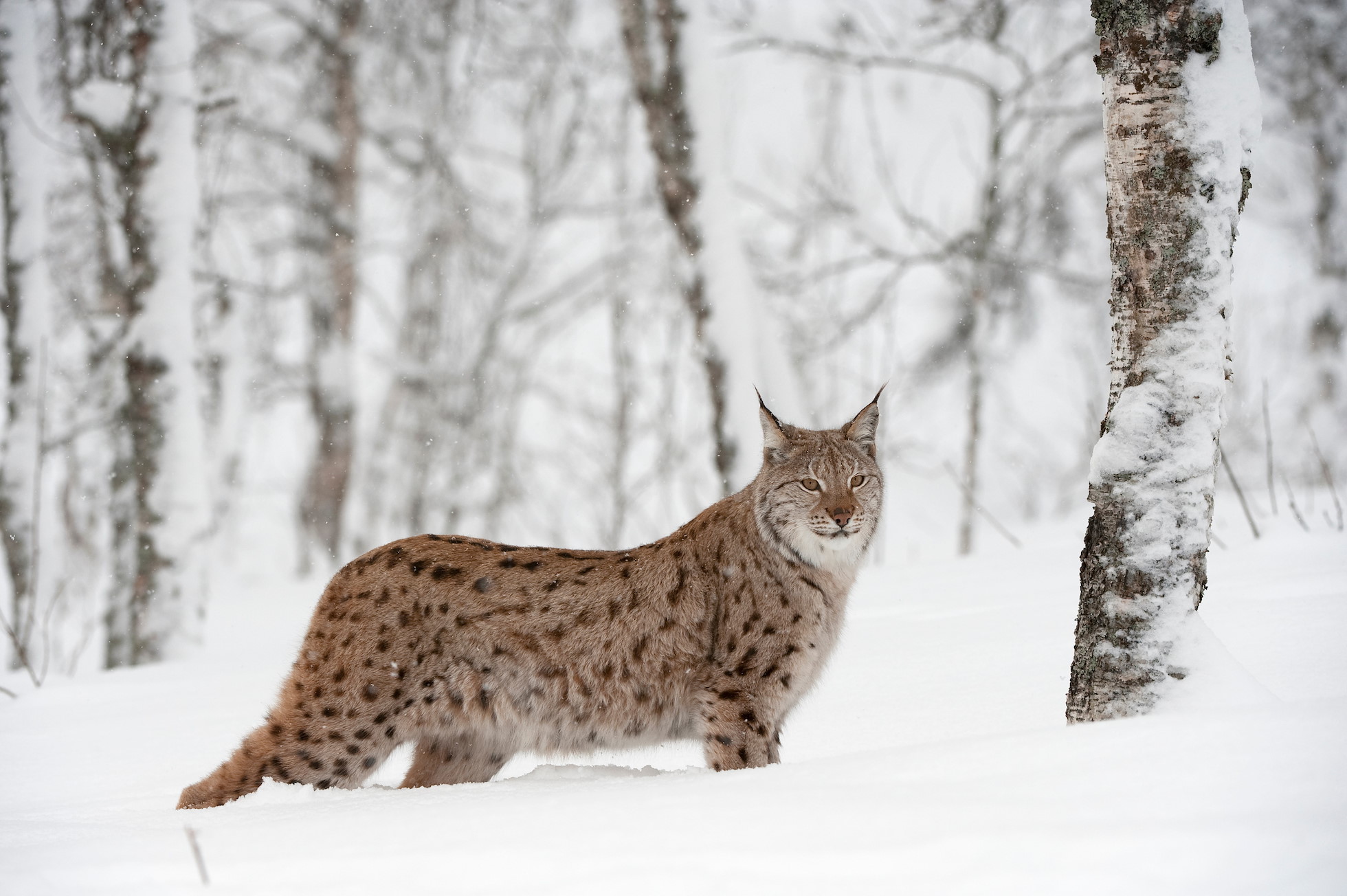Lynx could return to Scotland – but not through unwelcome illegal releases
Lynx to Scotland, a three-charity partnership working to restore lynx to the Scottish Highlands, welcomes the swift and humane capture of the two lynx recently released illegally in the Cairngorms National Park.

Peter Cairns, Executive Director of SCOTLAND: The Big Picture, one of the charities involved, said: 'It’s excellent news that experts from the Royal Zoological Society of Scotland (RZSS) were able to humanely trap the lynx so rapidly, and that the lynx are now safe.
'The Lynx to Scotland Project is working to secure the return of lynx to the Scottish Highlands, but irresponsible and illegal releases such as this are entirely counter-productive.'
Scotland’s native Eurasian lynx are believed to have suffered extinction in Scotland as a result of hunting and habitat loss more than 500 years ago. Lynx are a ‘keystone species’ which play a vital role in maintaining healthy living systems, and biodiversity is negatively affected by their absence.
Lynx are shy and elusive woodland hunters and pose no danger to people. They have already been successfully reintroduced to European countries such as Germany, France and Switzerland, and research suggests the Scottish Highlands has enough suitable habitat to sustainably support around 400 lynx. However, this will only be possible with the support of local communities, which illegal releases critically undermine.
'The Lynx to Scotland project is working towards a carefully planned reintroduction of lynx that respects the concerns of farmers and other stakeholders – so that Scotland can once again benefit from having lynx in the natural environment,' said Steve Micklewright, Chief Executive of Trees for Life.
'Scotland is one of a handful of European countries still lacking a large terrestrial mammal predator. If we are serious about tackling the nature and climate emergencies, we need lynx back. A lynx reintroduction would require Scottish Government approval, with habitat assessments and full public consultation.'
Scotland has more woodland deer than any other European country, and the absence of predators such as lynx leaves the country’s forests diminished and overgrazed by too many deer, with current high deer densities inhibiting natural regeneration of native forests.
By preying on roe deer – the lynx’s preferred prey – as well as invasive non-native sika deer and, to a lesser extent, red deer hinds and calves, lynx could help reduce browsing pressure on regenerating woodlands, facilitating the expansion and enrichment of the country’s forests.
Lynx would also be high-profile ambassadors for nature recovery, inspiring hope that Scotland’s ecological degradation can be reversed and attracting valuable tourism revenue for rural communities.
Currently, a cross-sectoral range of stakeholders are engaging in discussions about the possibility of a responsibly managed and fully resourced legal reintroduction of lynx.
There is growing public and political support for a managed lynx reintroduction with polls showing widespread support. In April 2023, lynx reintroduction was discussed in the Scottish Parliament for the first time.
The Lynx to Scotland partners are SCOTLAND: The Big Picture, Trees for Life and The Lifescape Project. For more information, see www.scotlandbigpicture.com/lynx-to-scotland.
ENDS


